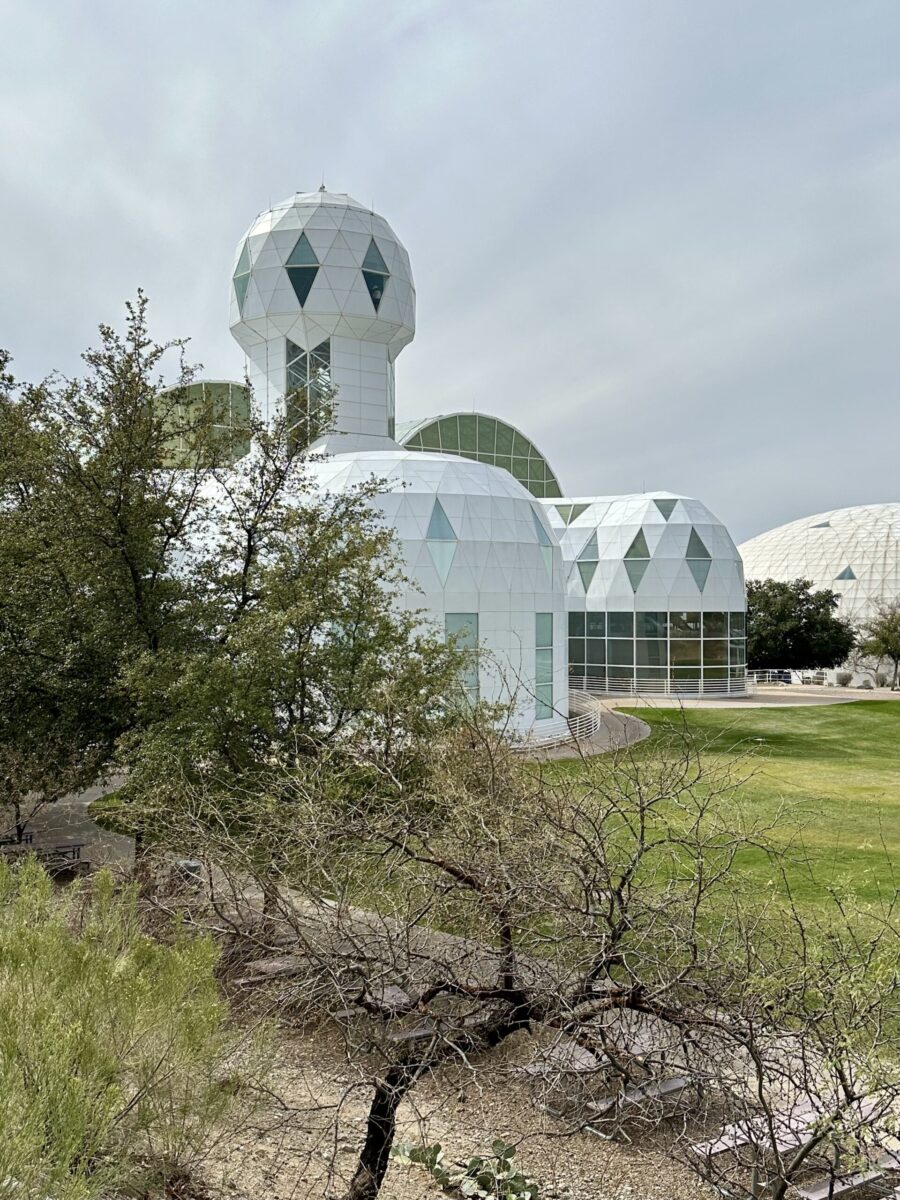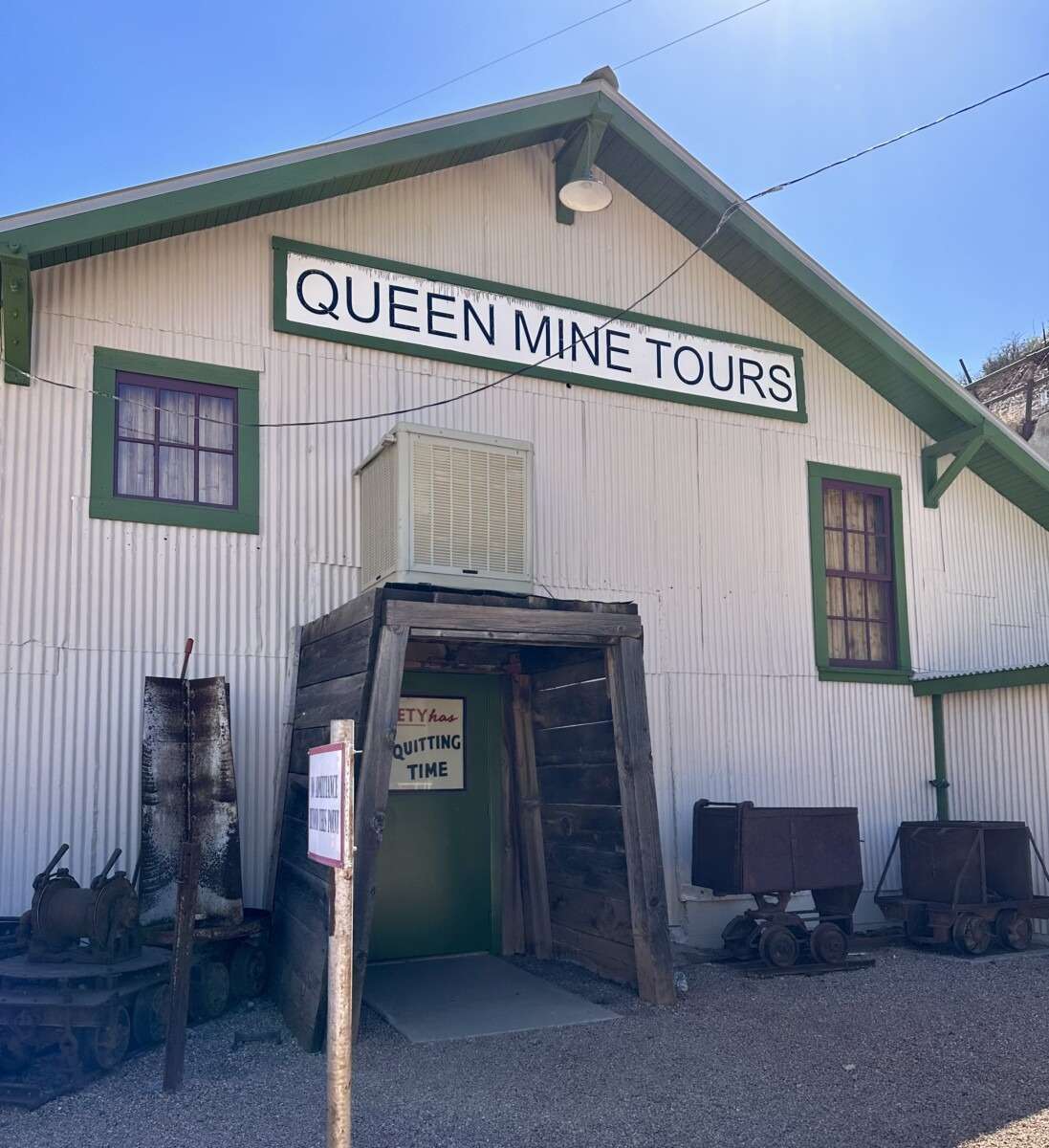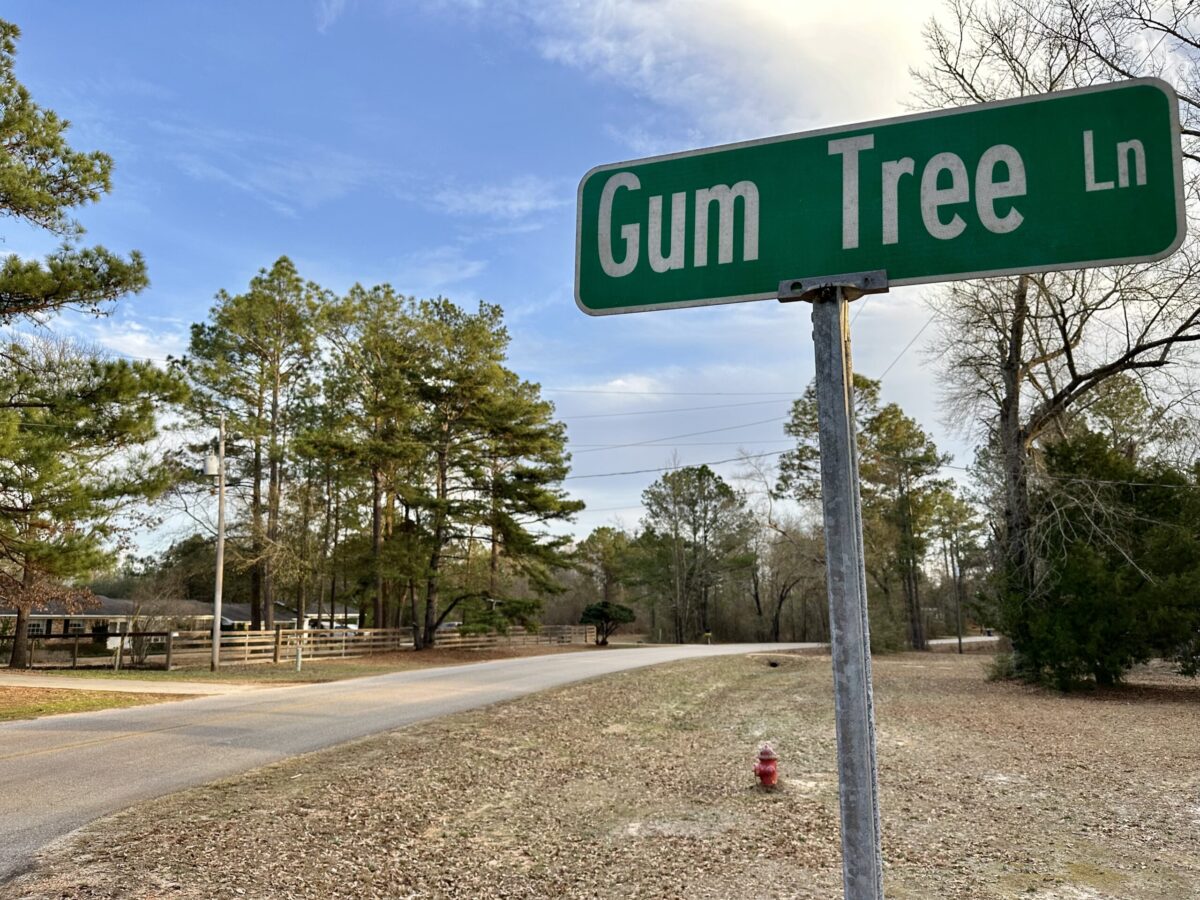The first thing you see when you visit the NASA Johnson Space Center in Houston, Texas, is a space shuttle on top of a 747 jet. It is quite an awesome sight.

We purchased our tickets ahead of time, which we suggest you do, as it can get quite busy. Everything was done online and our tickets were downloaded to my phone to be scanned at the entrance. Once you walk in you are in the middle of a large rotunda with a huge ‘Space Center Houston’ sign in the middle.

There are displays and movie theaters all around the permiter of this large rotunda. We started with the zero-gravity display. Here is Joel trying it out.

There are a few different tours you can take around the grounds. On the advice of a friend who had been here before, we took the Mission Control Center tour and it was well worth the extra price (thank you Pat Marvel!).

In July, 2019, NASA completed a renovation of the Mission Control Center used during the Apollo Lunar Landing and other Apollo missions. “Space Center Houston, the city of Webster and NASA Johnson Space Center worked together over two years to restore the room that fueled the space race…” – Space Center Houston (NOTE: All information and quotes come from the Space Center, unless otherwise noted.)
We walked upstairs and were seated in the Visitor Viewing Room. A staff member greeted us and explained what we were about to see.

The seats in the Visitor Viewing Room had been restored and included the original metal ashtrays on the back of the seats.

“The five large screens across the front of the room have been reactivated with projections to recreate the exact images seen during the Apollo 11 mission. See the console buttons illuminated and furnishings on the consoles including flight control manuals, ashtrays, pens, maps, coffee cups and headsets.”

As we listened to mission control recordings of the Apollo 11 lunar landing, we watched the information displayed on the screen that those working in the mission control center would have seen. The clocks across the top were synchronized to the time as events happened in 1969.

“A Historic Phone Call – On July 20, 1969, astronauts Neil Armstrong and Edwin “Buzz” Aldrin became the first humans to walk on Earth’s moon. President Nixon made what has been termed the longest-distance telephone call ever, when he called to congratulate them.” – National Archives
Watch and hear the phone call here.

“Inside the room, furnishings on the consoles, flight control manuals, ashtrays, coffee cups and headsets, depict an accurate look of the iconic room based on the Apollo era.”




The Apollo Mission Control Center was used during the Gemini, Apollo and Shuttle eras.
There were many historic photographs in the Mission Control Center building. In the picture below, “Vice President George Bush talks to the Earth-orbiting STS-6 astronauts…STS-6 was the maiden flight of Challenger…four astronauts represent the first crewmembers to man the space shuttle Challenger when it launches in early 1983.”

You can see even more pictures of the Mission Control restoration and historic photos here.
After touring mission control and experiencing the first lunar landing, we got back into the tram and were driven back across the NASA campus to the main space center. Much of the property felt like a college campus, however, there were some parts that felt much more like rural Texas. They even have a small herd of Texas longhorn cattle grazing in a field between the Mission Control Center building and the main Space Center building.


Back in the Space Center building we explored the history of Space Travel beginning with rockets in 1926.
“Rocket pioneer Dr. Robert Goddard launched the first liquid-fueled rocket…Goddard changed the future of rocketry when he began using liquid fuels, which produce more acceleration than solid fuels. Today’s spacecraft can trace it’s technical heritage to this early rocket, and to Goddard’s ingenuity.”

Below “is an identical replica of the original rocket, which burned liquid oxygen and gasoline and rose 41 feet (12.5 meters) and traveled 184 feet (56 meters) at an average of 60 mph (96.5 km/h) on March 16, 1926.”

On September 12, 1962, President John F. Kennedy, gave a speech to a large crowd at Rice University in Houston, Texas.

Below is the lectern that President Kennedy stood behind. The display includes a copy of his speech on the lectern just as he would have placed it.

Fast forward to 1963 – “Gordon Cooper’s Mercury spaceflight, the last of Project Mercury, was a triumphant conclusion to NASA’s first space program. Cooper traveled longer and farther in space than any American had at the time…Astronaut Gordon Cooper orbited the Earth 22 times inside Faith 7 in a mission that lasted 34 hours, 19 minutes, 49 seconds.”

“Early spacecraft were called “capsules” because they were so small. “You don’t climb into the Mercury spacecraft, you put it on,” John Glenn once said. The size and shape of the capsule was dictated by the launching capability of the rockets available at the time.”

In 1965, Gemini 5 orbited the Earth for almost 8 days, breaking the record previously set by the Soviet Union. “The mission’s duration of eight days was significant because it was the minimum time expected for a trip to the Moon and back to Earth.”

Below is the actual spacecraft used for the Gemini 5 mission. I can’t imagine spending 8 days in this tiny thing.

An interesting side note to space travel – “When astronaut Ed White opened the hatch of his Gemini 4 capsule and floated out into the majestic panorama of low Earth orbit, a spare thermal glove just like this one (see below) also drifted up out of the hatch after him.
Like a tiny satellite of the Earth, the glove probably floated around the planet thousands of times before gradually descending through the atmosphere and eventually burning up. Because objects can float away, like Ed White’s glove, astronauts must take special precautions with their tools and equipment and always use tethers and other restraints to keep them from becoming lost in space.”

July 20, 1969 – Men walk on the moon. Also, notice the price of this newspaper – 8 cents!!

In December 1972 the last Apollo mission was flown. “Commander Eugene Cernan, the last man to walk on the Moon, said in farewell, “.. we leave as we came, and God willing, as we shall return: with peace and hope for all mankind.”

“The Apollo 17 crew returned safely to Earth in this capsule, named America, ending an era in history.”






One thing I found fascinating (and never even thought about before now), is that astronauts wore their watches on the outside of their suits. It makes sense, how else could they see them.
The watch that astranauts wore is the OMEGA Speedmaster. Here is a link to some history, and more video and pictures, about the association between OMEGA watches and NASA.

“Tires on the Lunar rover were made of a wire mesh for durability in the extreme temperatures and lack of pressure on the Moon.”

Each lunar rover, “had battery power to travel 55 miles (88 km), but the actual distance traveled was restricted to six miles (10 km) from the Lunar Module so in case of a malfunction, astronauts could safely walk back to the Lunar Module.”

One of the exhibits was a Lunar Samples Vault that explained the testing done on moon rocks.

The vault included included a moon rock you can touch! I tried to take a picture but there was too much glare on the glass to get a good photo. It was at the bottom of this glass ‘Touch the Moon’ case next to Joel. It was very smooth when we felt it.


I have heard about the International Space Station (ISS) many times throughout my life. But, did you know there was another space station that came before the ISS? Joel did but I had no idea that Skylab existed.
“Skylab was the United States’ first space station, launched by NASA, occupied for about 24 weeks between May 1973 and February 1974.” – Wikipedia


“Later plans to reuse Skylab were stymied by delays in the development of the Space Shuttle, and Skylab’s decaying orbit could not be stopped. Skylab’s atmospheric reentry began on July 11, 1979, amid worldwide media attention. Before re-entry, NASA ground controllers tried to adjust Skylab’s orbit to minimize the risk of debris landing in populated areas, targeting the south Indian Ocean, which was partially successful. Debris showered Western Australia, and recovered pieces indicated that the station had disintegrated lower than expected.” – Wikipedia


The inside of the Skylab was much larger than I expected it to be. Below you can see a full-sized model of an astronaut floating in the Skylab. It was almost too large for my camera to get the full picture.

In the next section was Skylab Crew Quarters. “In this area, each astronaut had a small personal module outfitted with a sleeping bag, locker, privacy curtain, and adjustable air vents.”
“The nine astronauts of Skylab spent more time in space than any astronauts up to that time. Three crews spent a total of 171 days on the station. Jack Lousma, Skylab 3 pilot, is depicted (below) using the microgravity shower. Scientist Astronaut Owen Garriott enoys a meal.”

Some of the items you can see in the photo above are: “SHOWER- six pints of water from pressurized bottle was vacuumed up along with soap; BICYCLE ERGOMETER- to measure heart rate, breathing, and work level during exercise; STORAGE LOCKERS- medical and other supplies; and, EXPERIMENT RACK- for small science investigations including student experiments; “
Below are: “SLEEP COMPARTMENT- astronauts zipped themselves into sleeping bags stretched against the wall; WASTE MANAGEMENT- the first space toilet (on which today’s are based) used vacuum suction, and required a tight seal on the seat”

Outside of the Houston Space Center is the 747 airplane used to ferry space shuttles. You are able to go inside both the 747 and the space shuttle Independence, that sits on top of it. We began inside the 747, which has quite a bit of information about the space shuttle carrier program.


“NASA flew two modified Boeing 747 jetliners, originally manufactured for commercial use, as Space Shuttle Carrier Aircraft. The two aircraft were identical in performance as Shuttle Carrier Aircraft.”

“In the mid-1970s, during the development of the Space Shuttle program, National Aeronautics and Space Administration (NASA) decided to transport the shuttle piggyback on a Boeing 747, but it was unclear if the shuttle could be successfully launched in-flight from atop the 747.” – National Model Aviation Museum Blog

“To prove that it was possible, John Kiker, an engineer at the NASA Johnson Space Center Spacecraft Design Division, and a model aviation enthusiast, decided to investigate the possibility of releasing a shuttle in-flight using model aircraft…He enlisted the help of fellow NASA engineer and modeler, Owen Morris.” – National Model Aviation Museum Blog
Watch film footage of the first model test flight, and crash landing on YouTube. John Kiker narrates.

After touring the 747 airplane we went up to the space shuttle Independence.

When you first walk into the space shuttle the cargo bay is to your left. It is huge – two stories high. I took a photo from the 2nd floor view platform to get the whole cargo bay into the frame of my camera.

To the right is the mid-deck, which includes the crew sleeping quarters. Here is a picture I took inside the Space Center of a crew sleep station, and a picture taken in space of Astronaut John M. Fabian at his sleep station.


Mid-deck is where you also find the waste collection system, also known as the space toilet.


Upstairs in the shuttle is the flight deck.



I remember seeing space shuttle flights on TV. It was quite awesome to see this in person and feel the scale of these machines.

As a kid I remember hearing that astronauts drank Tang orange drink in space. Today, there are many more things in our homes that came from the space program. One I didn’t realize is what we call memory foam.

NASA is planning to go back to the Moon with the Artemis Missions. We didn’t see any information about Artemis in the Space Center, however, here is a link on NASA’s webpage, about the upcoming missions. This link includes a video from NASA explaining why and how.

We both really enjoyed exploring the Space Center and recommend it if you are ever in the area. We left Houston and continued west heading home.
We stopped for the night at a pecan farm in Texas just a couple of hours away.






Addendum!! It can not be more organic than those eggs you’re holding at the pecan farm!
After a highly scientific and sophisticated tour, I also like your down to earth ending at the Texas farm… if the farm had a restaurant, a freshly baked whole chicken would have been a real treat!!
Thank you for an amazing , informative , interesting and well thought out time line tour of the NASA Space Center!
Great post. I’m glad you enjoyed Mission Control as much as I did!
We loved it! Thanks for all the information about which tour to take.